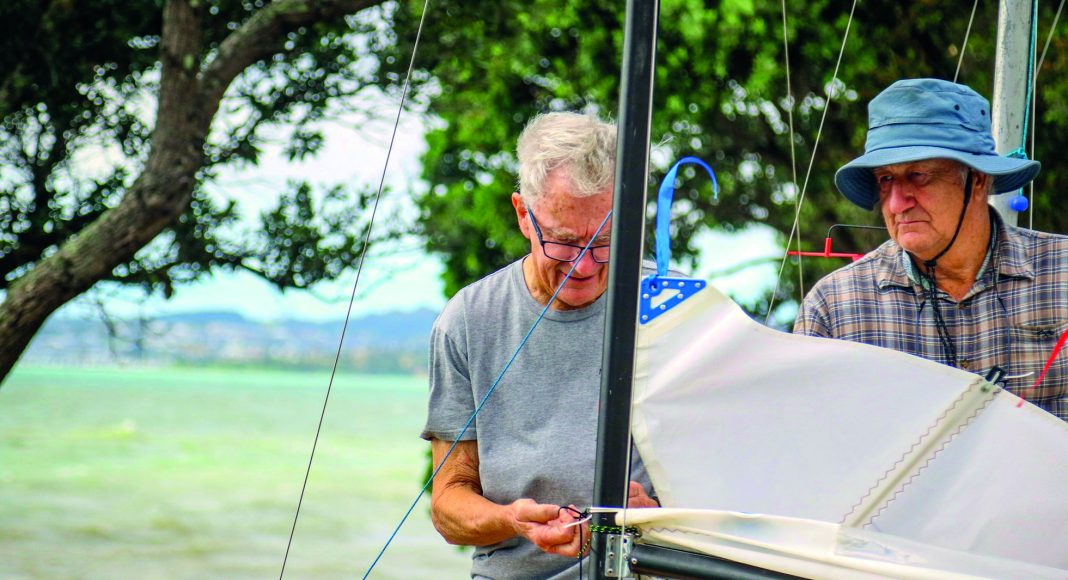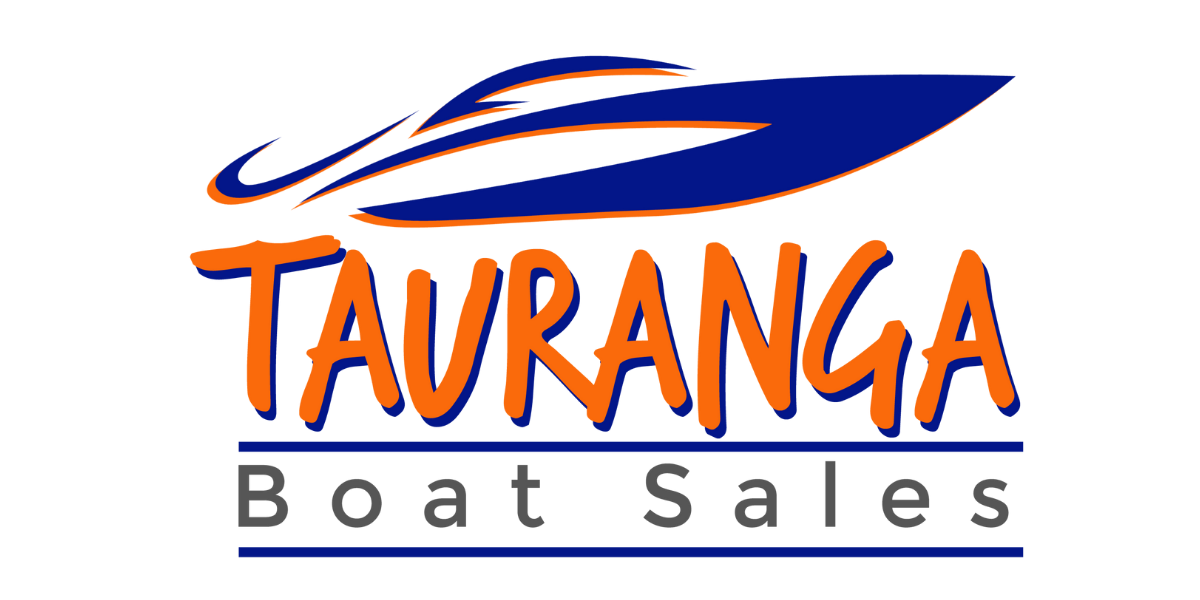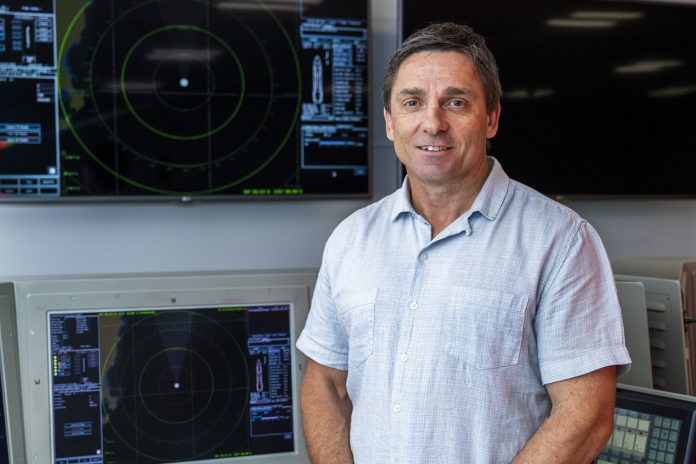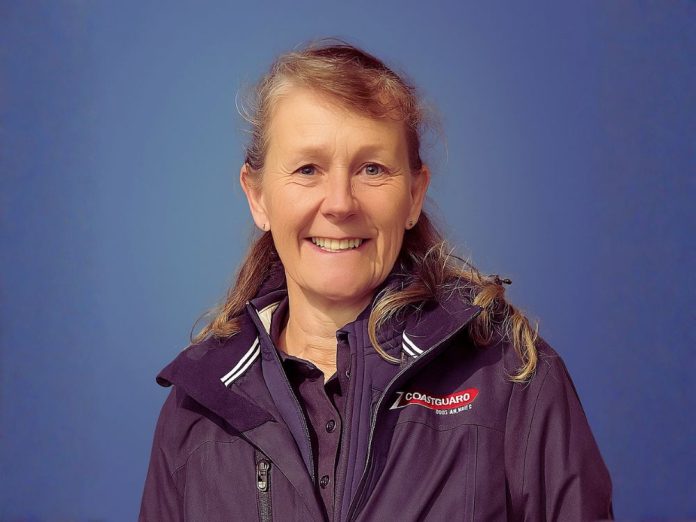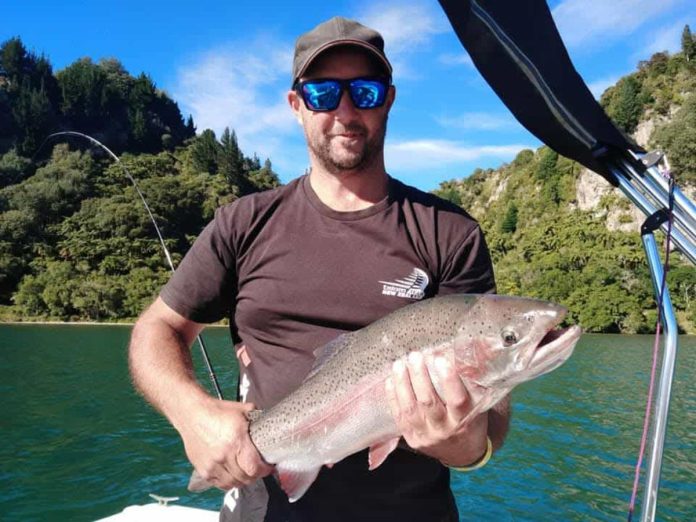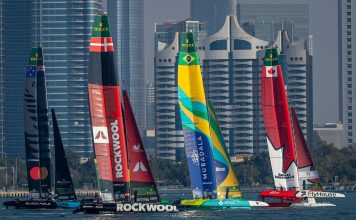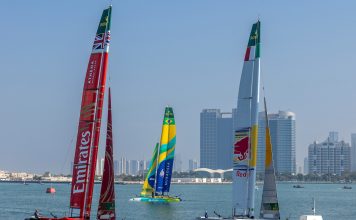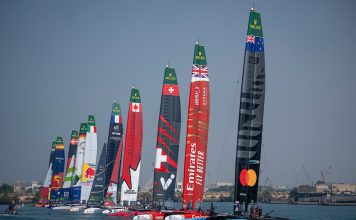His father, John Peet, realising there was no suitable class for his teenage sons to move into after P class, commissioned Des Townson to design what was to become the new Starling class. One of the parameters was that it should be able to be built by amateurs. Brian’s brother David built a prototype, and in 1972 the first national championship was won by Barry Thom. The following year it was won by Brian, and he has been involved with the class ever since.
Townson gifted the class to Glendowie Boating Club, which still maintains an oversight of the design. Brian’s GBC committee membership, including Commodore in 2006-8, meant he was always close to Starling matters. As a home-built class, there was (still is) always someone wanting to use the generous tolerances to maximise performance, so measuring became
a complicated, technical business. Brian’s employment as a pilot for Air NZ gave him that technical background, and it’s thanks to him that the class has not been ruined by this sort of rule exploitation.
Not that the class has been without its issues. One builder was deliberately pushing the envelope beyond where the design was meant to go. This resulted in Brian building a measuring jig and several boats undergoing surgery to meet the spirit of the rules. Brian solved other issues too, such as when Boyd and McMasters stopped making the sails and when the specified sailcloth became unavailable.
The late Keith Elliot was licensed to build fibreglass boats, but with only modest success. He was followed by the McKays, who have now built over 100 glass Starlings. Under Brian’s guidance, the new McKay boats were deliberately designed to be competitive but not super boats. This is evidenced by the fact that the 2025 championship was won by a wooden boat, but second and third were McKays, as were eight of the top 20.
One of the more contentious issues was whether sailors could use more than one set of equipment during an event. Brian’s wise counsel was that, in his opinion, while there was different equipment available, almost everyone used the same stuff, and that allowing some limited experimentation was good for a class where the sailors were keen to learn. So apart from the sails and the mast section, there is no control over what you use if it measures.
Around 2010, coming under pressure from classes like the Splash and the Laser 4.7, the class numbers were diminishing. Brian was one of the instigators of the Starling Class Association, which successfully revived the Starling class, as is demonstrated by 112 entries to this year’s Nationals. And so, as Brian completes his final Nationals as chief measurer, he leaves the class in very good heart. Hopefully, someone else will step up and guide the Starling class to the same high standard.
Pic courtesy of Howick Sailing Club.








